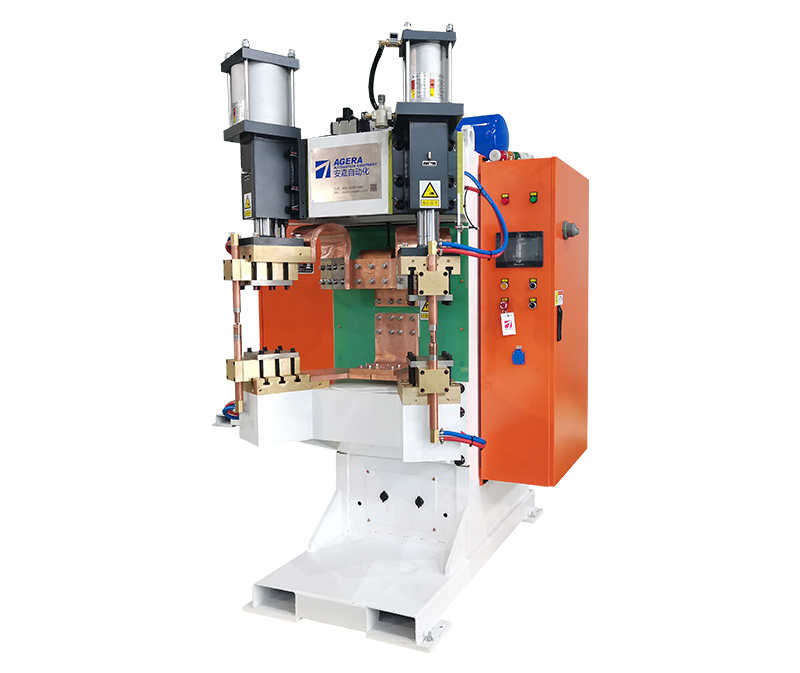Analysis of Nut Spot Welding Machine Parameters
The parameters of a nut spot welding machine play a pivotal role in determining the quality, efficiency, and reliability of the welding process. This article delves into a comprehensive analysis of the various parameters involved in nut spot welding, shedding light on their significance and the impact they have on weld outcomes.
- Understanding Welding Parameters: Welding parameters encompass a range of variables that directly influence the welding process. These include welding current, welding time, electrode pressure, electrode geometry, material thickness, and the type of electrode used.
- Significance of Parameter Selection: Selecting appropriate welding parameters is essential to achieve consistent and high-quality welds. The optimal combination of parameters ensures proper fusion, minimal distortion, and excellent joint strength.
- Welding Current: Welding current is a crucial parameter that affects the amount of heat generated during the welding process. Proper selection of welding current contributes to achieving the desired weld penetration and nugget formation.
- Welding Time: Welding time determines the duration of heat application to the joint. It is critical in controlling the size and shape of the weld nugget. A balance between welding time and welding current is essential to avoid over or under penetration.
- Electrode Pressure: The pressure exerted by the electrodes impacts the contact area and the quality of the joint. Proper electrode pressure ensures adequate material deformation for effective welding and reliable joint strength.
- Electrode Geometry and Type: The shape and material of the electrodes influence heat distribution, nugget formation, and electrode life. Selecting the appropriate electrode design and material contributes to consistent and durable welds.
- Material Thickness and Properties: The thickness and material properties of the workpieces affect heat conduction and penetration. Adjusting welding parameters according to the material characteristics helps achieve uniform and reliable welds.
- Process Control and Monitoring: Modern nut spot welding machines often come equipped with advanced control systems and monitoring tools. These technologies enable real-time adjustments of welding parameters based on feedback, ensuring consistent weld quality.
- Parameter Optimization: Operators must optimize welding parameters based on the specific application requirements. This involves conducting trials, analyzing results, and refining the parameters to achieve the desired weld quality and performance.
A thorough understanding and careful selection of welding parameters are essential for successful nut spot welding operations. Each parameter’s role in the welding process and its impact on the final weld outcome must be considered. By analyzing and optimizing welding parameters, operators can ensure consistent, high-quality welds, enhance production efficiency, and meet the stringent demands of various industries. The appropriate manipulation of welding parameters not only guarantees robust and reliable joint formation but also contributes to the overall success of nut spot welding processes in diverse manufacturing sectors.
